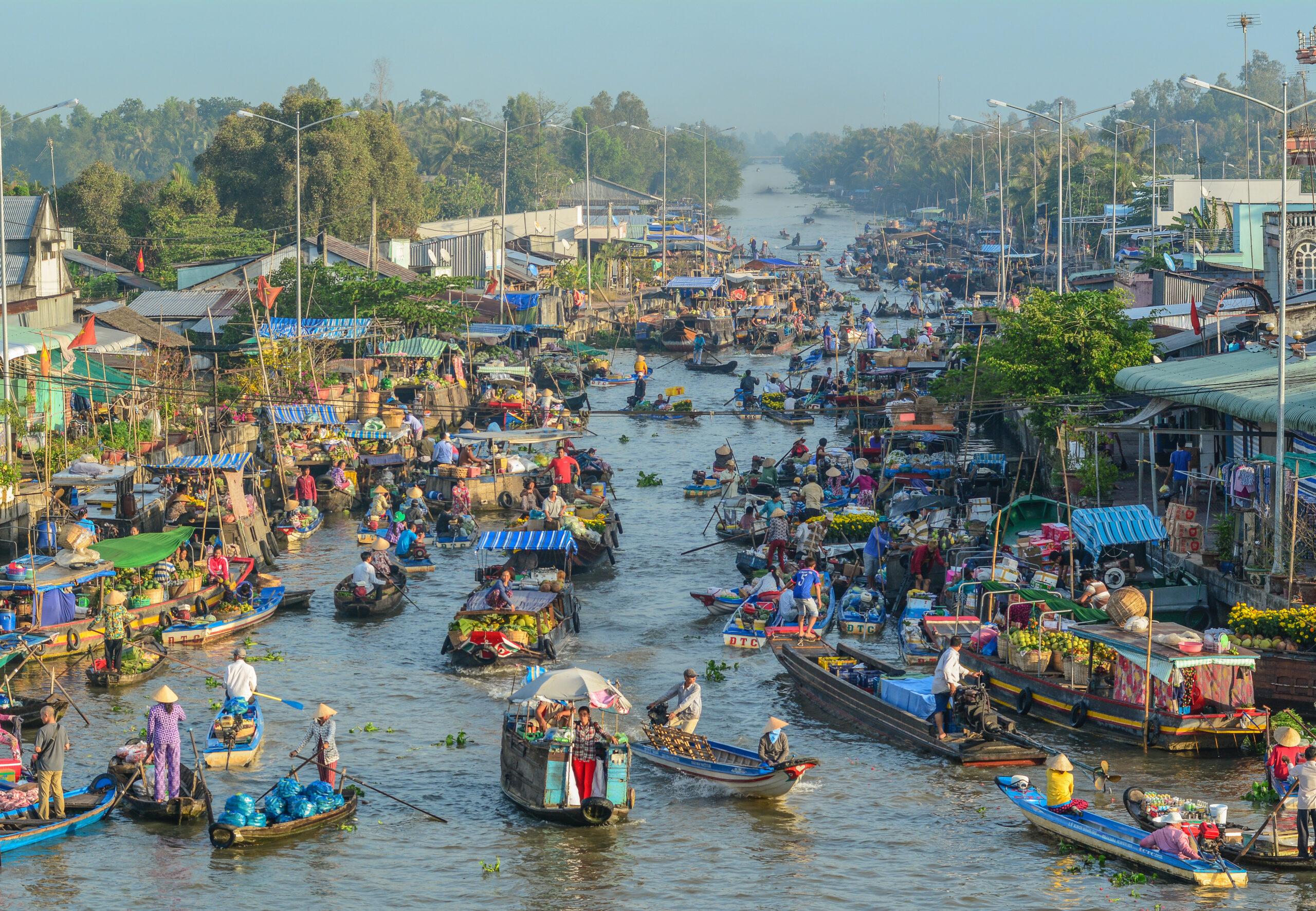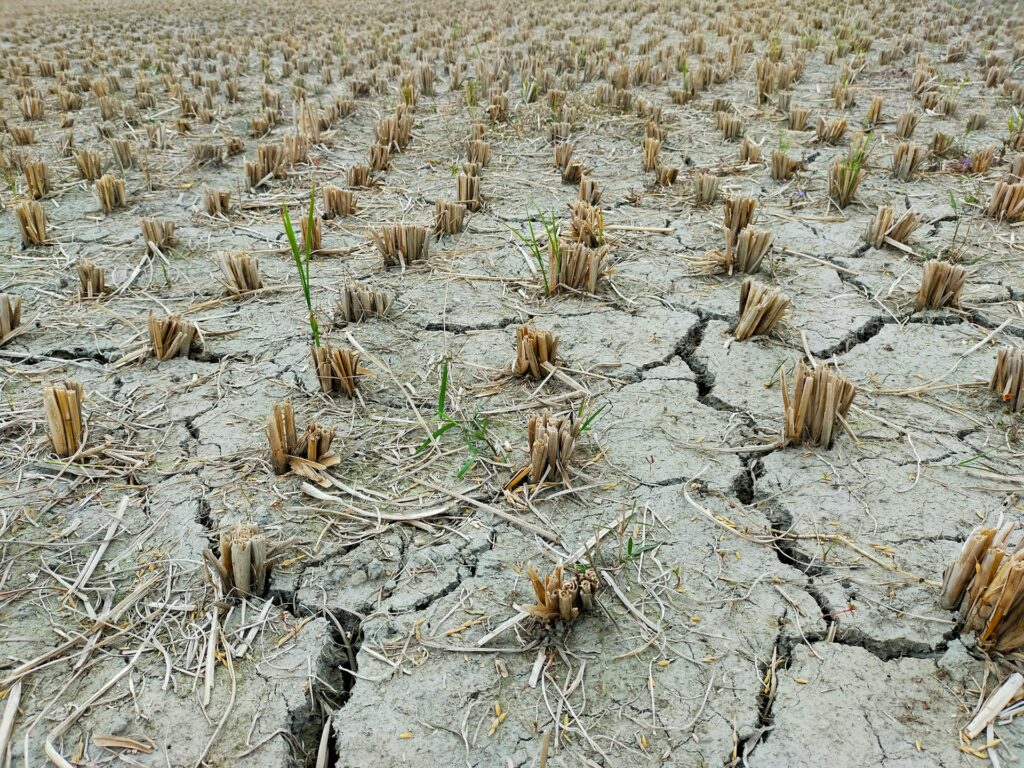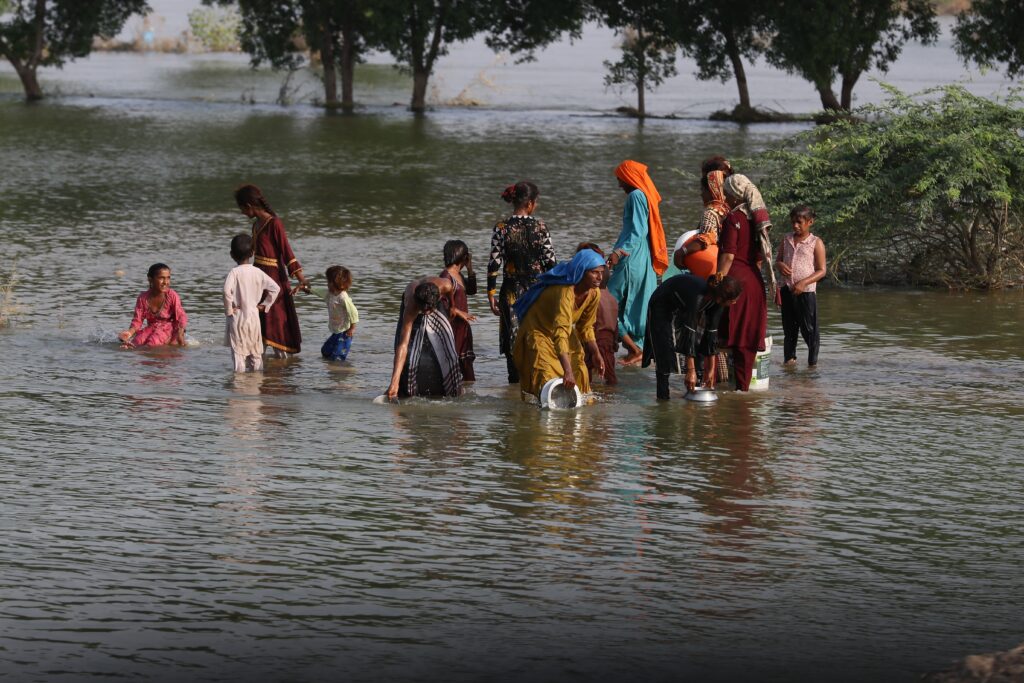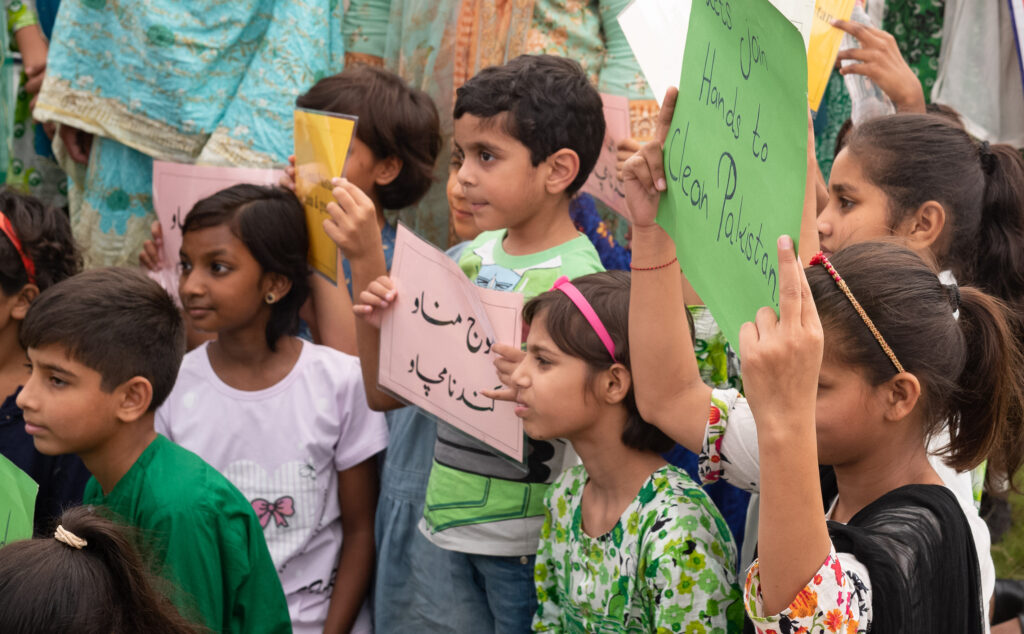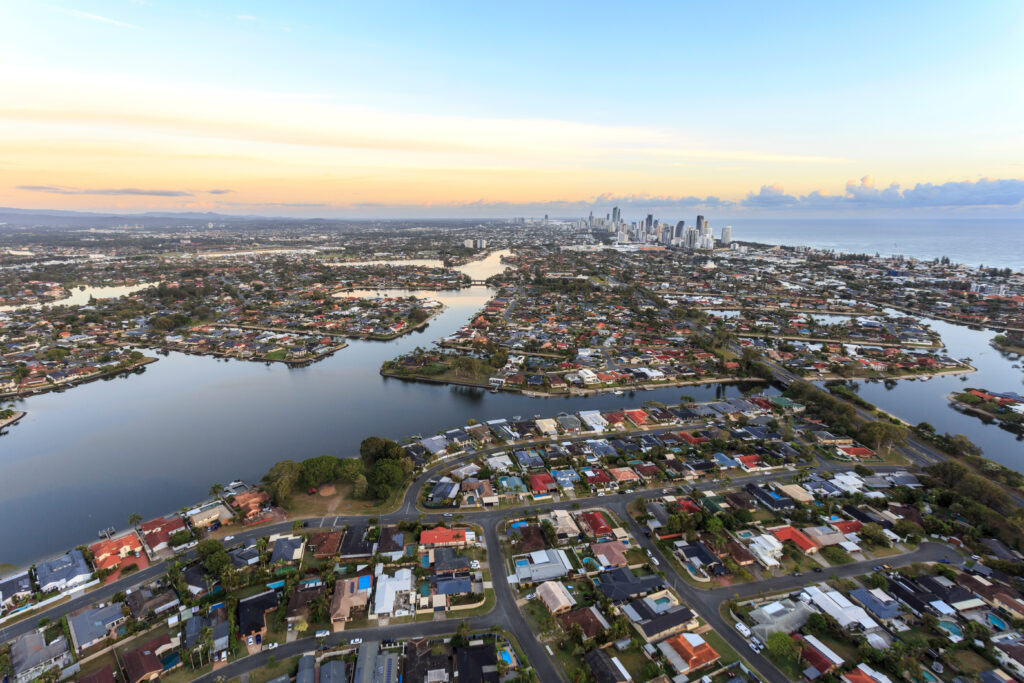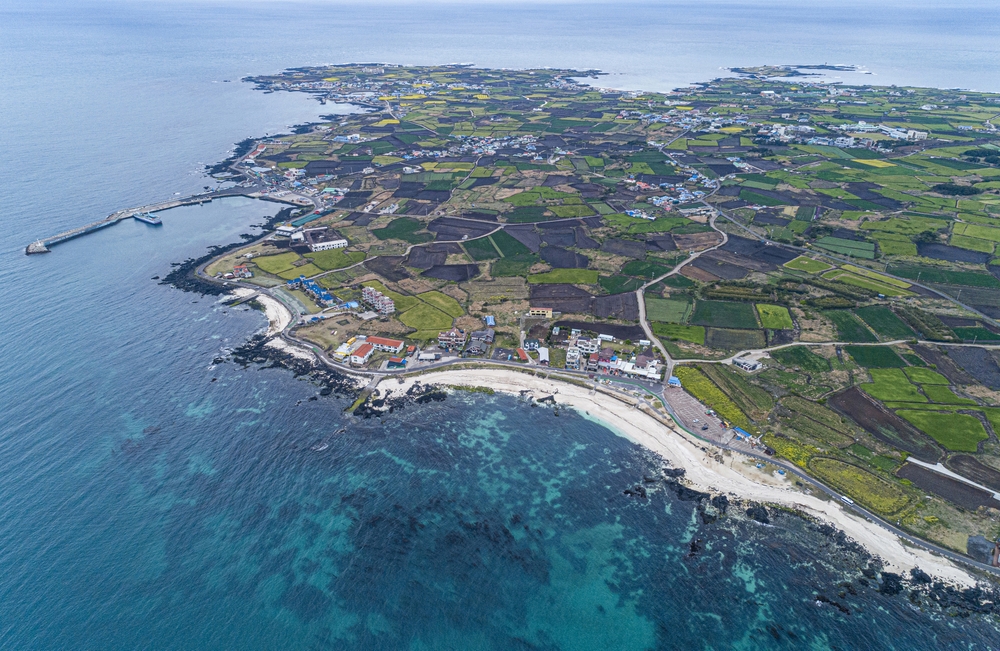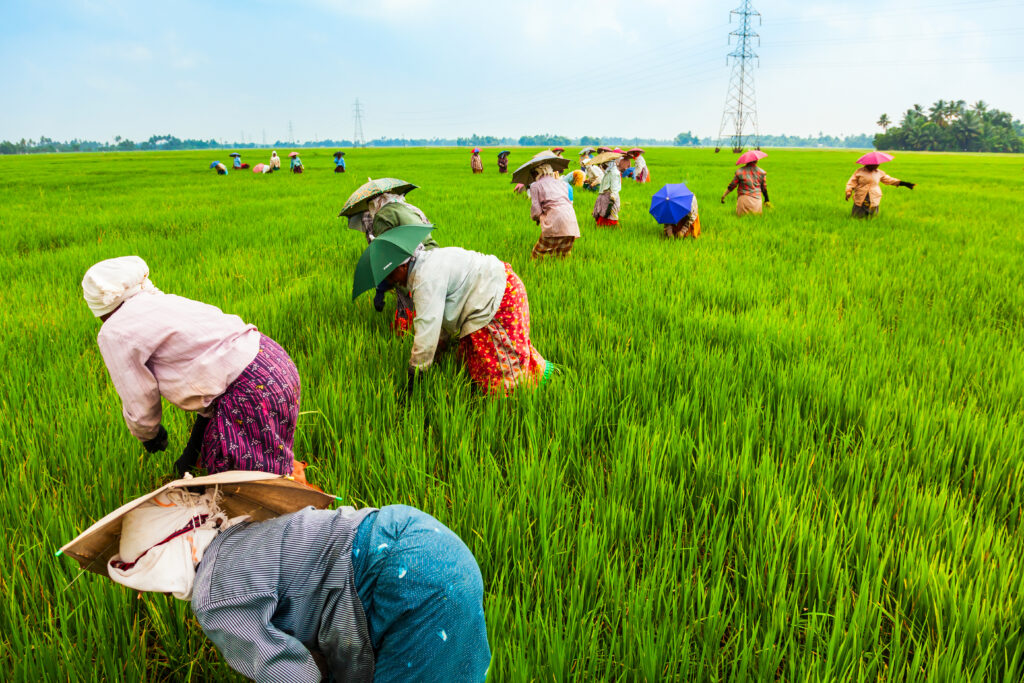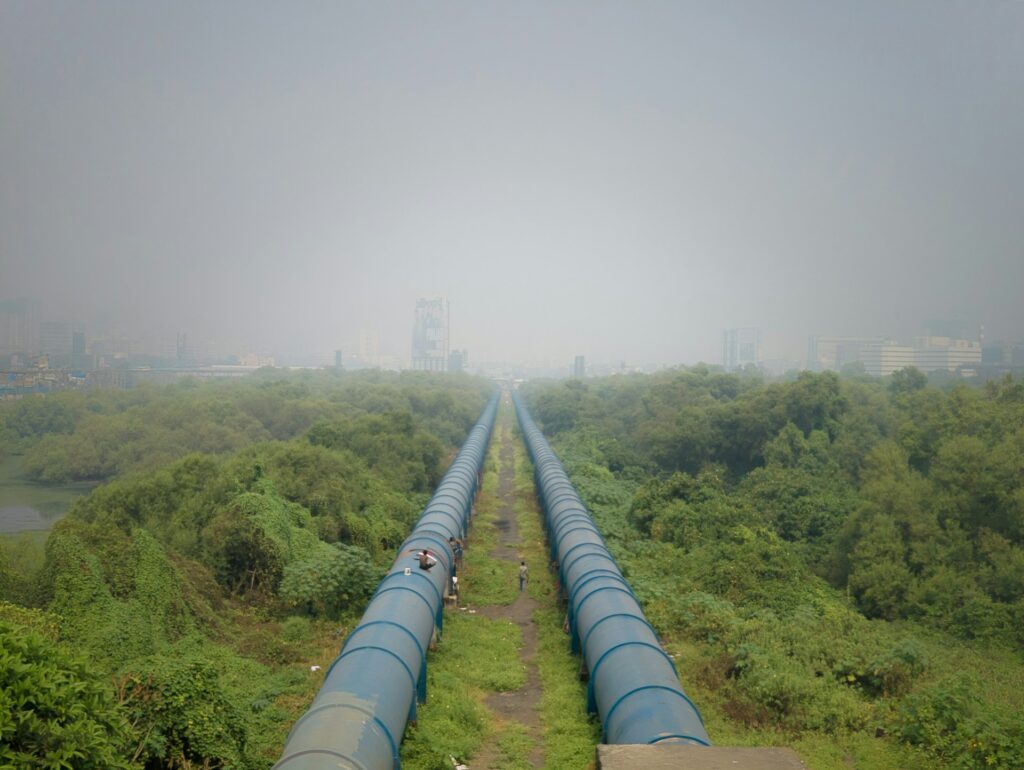Climate change adaptation and development is essential, as the impacts of climate change do not discriminate. All around the world, we’re seeing regular headlines of extreme weather events and sea level rise linked to climate change, whether it’s historic heat waves, massive flooding or drought-enhanced forest fires. New adaptation strategies are required.
However, from an economic and social perspective, the impacts of global warming are highly unequal. Poorer, developing countries face higher risks of both economic losses and loss of human life from climate change impacts.
“Nations hit by extreme weather disasters need immediate debt relief and greater access to grants and concessional funding,” said Rachel Cleetus, a policy director at the non-profit Union of Concerned Scientists, in a press statement. “The worsening and inequitable impacts of climate change – including mounting climate loss and damage – make the need for ramped-up climate finance even more urgent.”
Financial Support for Climate Adaptation and Sustainable Development
It’s clear that we need to expand financial support for climate change adaptation and development because, no matter what, severe climate impacts are coming. What makes addressing climate change especially pressing is that poorer and lesser-developed countries lack the financial resources to do this on their own. This is not only due to their developmental status but also crushing debt, often owed to governments or financial institutions in the United States, Europe or China.
Developing Countries and the Debt Crisis
A report released by the United Nations Conference on Trade and Development last year put out a stark warning: developing countries are being exposed to “cascading crises of debt, health and climate”.
“There is a need for comprehensive policy and programmatic support to the LDCs (least developed countries) to ensure enhanced debt management and sound macroeconomic policies but also importantly, bringing development financing to scale,” said United Nations Development Program Administrator Achim Steiner in a press statement.
Unfortunately, this is easier said than done. According to the UN, climate adaptation needs in the developing world are set to skyrocket to as much as USD 340 billion a year by 2030. But adaptation support today stands at less than one-tenth of that amount.
Another pathway would be to enable economic development in high-risk countries so that they can become more resilient to the impacts of changing climate. However, this is challenging because poorer countries are laden with billions in debt. These loans were taken from international institutions like the World Bank, International Monetary Fund and the Asian Infrastructure Investment Bank, or bilaterally from richer nations. They are a massive burden and limit the ability of governments to invest in climate change adaptation and development.
This can lead to disaster. For example, last year, Sri Lanka, an island nation that is both underdeveloped and highly vulnerable to climate change, saw an unprecedented crisis that led to an economic collapse and the president fleeing the country. Debt was a key factor, as the government had taken out far too many loans, with China being the largest lender. When the country was unable to repay them, the economy crashed. Even now, as Sri Lanka recovers, it faces challenges in rebuilding its economy and likely can’t manage or pay for any climate change adaptation and development projects.
The good news is that just a few well-off countries, including China, the United States, Japan and Europe, hold most of the bilateral debt held by poorer countries. They could, quite easily, forgive those loans.
Climate Change Adaptation: Doing It Right
Another concern is that climate change adaptation, when done badly, can backfire and actually increase vulnerability, not decrease it. This can happen for many reasons but, according to analysis published in Carbon Brief, one key factor is projects reinforcing “existing inequalities in the distribution of decision-making authority”.
This can take many forms. For example, projects that only provide support to landowners and not to poorer, landless people, or when efforts to protect water resources neglect to incorporate surrounding Indigenous communities.
There are some positive steps towards understanding the role of debt in the climate crisis. For example, the World Bank announced in June that it would suspend repayments for disaster-hit countries, giving them the space to focus on response and recovery.
There is also a push to reframe the current debt crisis. Oxfam International suggests that developing countries should not be paying back debts to richer countries. In fact, the organisation says that developed nations owe the developing world.
“It’s the rich world that owes the Global South,” said Oxfam International Interim Executive Director Amitabh Behar, who mentioned the “huge costs from climate damage caused by their reckless burning of fossil fuels”.
Oxfam estimates that richer countries owe around USD 13.3 trillion to cover the costs of climate action and injustice. If paid, that would go a long way towards bridging the climate change adaptation and development gap.
Nithin Coca
Journalist, Japan
Nithin Coca covers climate, environment, and supply chains across Asia. He has been awarded fellowships from the Solutions Journalism Network, the Pulitzer Center, and the International Center for Journalists. His features have appeared in outlets like the Washington Post, Financial Times, Foreign Policy, The Diplomat, Foreign Affairs and more.
Nithin Coca covers climate, environment, and supply chains across Asia. He has been awarded fellowships from the Solutions Journalism Network, the Pulitzer Center, and the International Center for Journalists. His features have appeared in outlets like the Washington Post, Financial Times, Foreign Policy, The Diplomat, Foreign Affairs and more.

